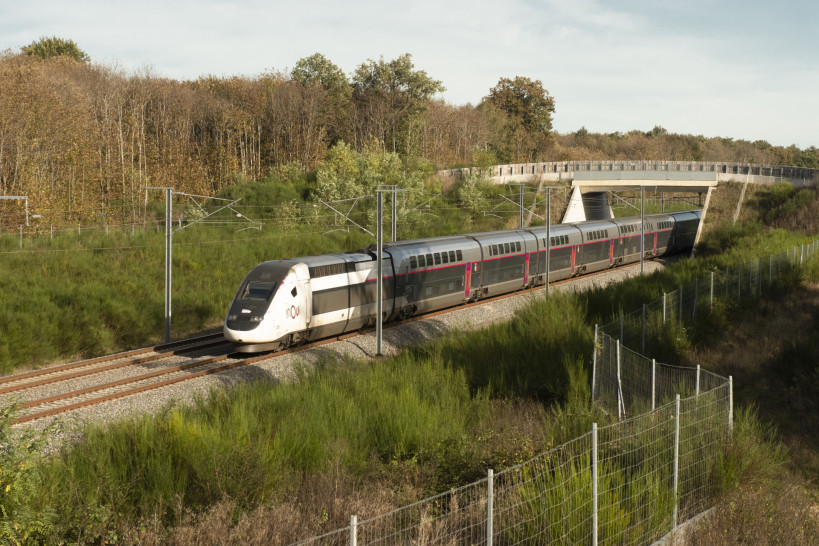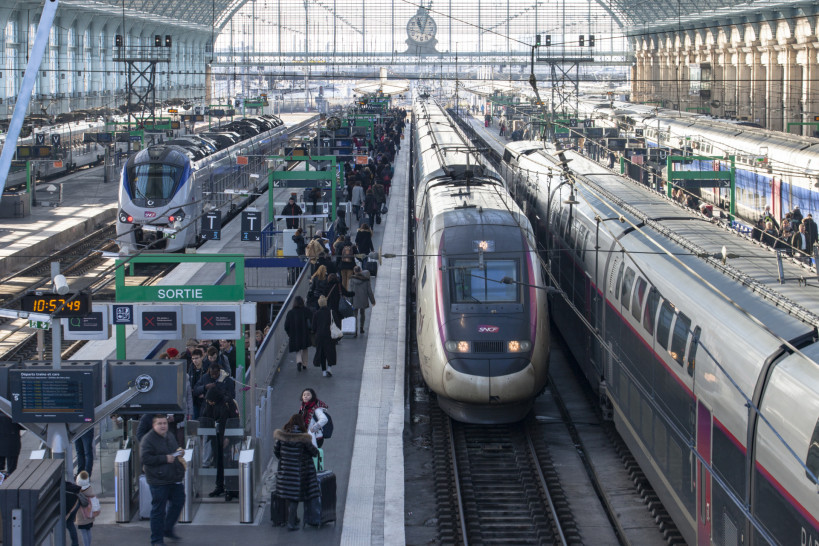
South Europe Atlantic High-Speed Rail Line: three reference years

After its entry into service three years ago, the South Europe Atlantique High-Speed Rail Line, managed by VINCI Railways (VINCI Concessions), first private railway operator in France, remains a real success. Concessions and public-private partnership models have come to play a key role in mobility and regional development.
Three years after its commissioning on 2 July 2017, the SEA HSL is a success. On the economic front, the line has generated a real dynamic in the areas it traverses and has contributed to the development of the greater South-West region, with a 78% increase in traffic between Ile-de-France and Bordeaux. After only two years of service, it is the second busiest railway line in France, carrying over 20 million passengers in 2019. This success made also new waves all the way to Brussels with the opening in July 2019 of a new service connecting the Belgium capital with Bordeaux in just four hours and seven minutes. And it should go further with plans that are progressing for a direct service that would take up to 1.2 million travellers per yerar betweel London and Bordeaux in under five hours.
In addition to its proven operational performance (97% of regularity), the SEA HSL high-speed line also illustrates the commitment of VINCI Concessions teams to environmental issues, and has done so since the launch of the project. Two foundations were created, as well as an environmental observatory. Proof of the exemplary nature of the adopted approach, the refinancing of the concession’s operator LISEA’s debt on January 8, 2019 was labelled “Green Bond” by the independent agency Vigeo Eiris, a first in France.
Indeed, the resources implemented, which perfectly reflect the initiatives taken by VINCI Concessions and the whole VINCI Group in environmental issues, have led to achieve significant results in terms of carbon footprint and biodiversity. Starting with greenhouse gas emissions (GHG), the reutilization, during the construction phase, of more than 70% of excavation materials to make almost all the embankment bodies has, for example, made it possible to limit emissions. This desire to reduce the carbon footprint also appears in the financing of thermal renovation work on the communal buildings crossed by the line, one of the many initiatives enabling LISEA to avoid the emission of 10,800 tons of CO2 equivalent each year.
At the same time, LISEA also supports projects to preserve and restore natural heritage, in addition to the commitments made and regulatory obligations set out in the project, in order to avoid, reduce and offset its impact on biodiversity. This desire is also reflected in numerous initiatives such as the establishment of 3800 hectares of natural sites to compensate for the impact of the SEA HSL high-speed line or the non-use of phytosanitary products in the management of revegetation. The environmental observatory set up by LISEA enables the assessment of the impact of actions on flora and fauna. The initial results, which are especially encouraging, confirm the effectiveness of the works carried out for chiropterans, as well as the good management of ponds where insects and amphibians develop themselves.
Apart from its own initiatives, developed and applied in partnership with environmental associations and scientists, LISEA was keen to entrust the Muséum national d’Histoire naturelle (MNHN) with a study on the impact of its projects in the territories concerned, in order to assess the impact of the support granted on biodiversity and the evolution of knowledge.
The approach developed by LISEA clearly illustrates the experience developed by VINCI Concessions in environmental matters. It also demonstrates its ambition, since LISEA wants to achieve carbon neutrality by 2030.




